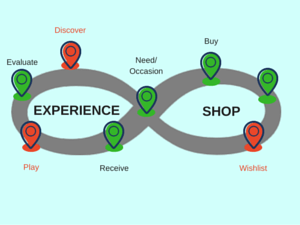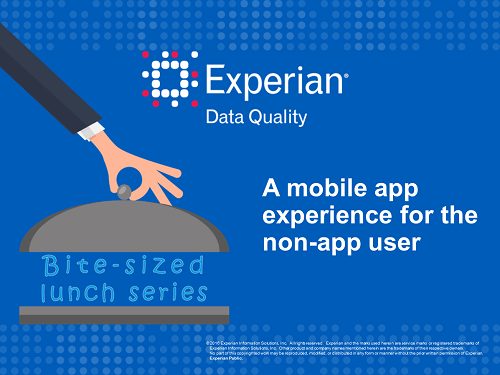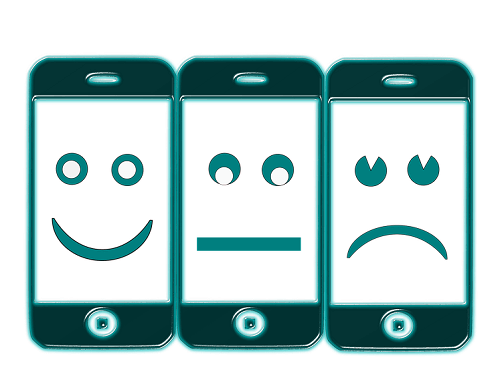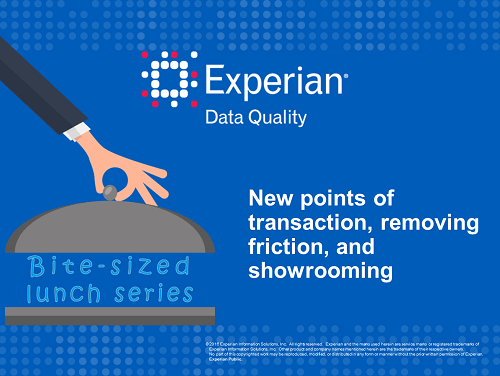It sounds counter-intuitive, but a very impactful approach to customer satisfaction is to minimize the number of customer interactions. Let me explain. Each interaction requires retailers to invest considerable effort to meet and exceed customers’ expectations. The more interactions or steps there are to the customer journey, the harder it becomes to deliver a great overall customer experience.
Here are six typical steps or touch points in an omnichannel customer journey:
- Online at home – browse online and select items of interest from one retailer; investigate similar products and their prices at other retailers
- In store – visit a store to view/try on/feel or otherwise evaluate products
- On mobile when in store – check availability and price on website and at nearby stores and online (e.g. Amazon); look for coupons/offers
- In store – if satisfied with store product, take to checkout and purchase; often additional items are purchased for further evaluation at home/with friends
- In store or online – return or exchange unwanted items
- After use – return when problems occur (e.g. manufacturing faults) for refund, repair, or replacement
If no (additional) problems occur, the final stage is continued product use, and hopefully, satisfaction with the purchase/product.
One way to think of overall customer satisfaction is as the probability of meeting and exceeding customer expectations across all of the touch points mentioned above. Achieving a 95 percent satisfaction rating at each one (95 out of 100 customers are satisfied) means that, overall, only just 81 percent of customers will be satisfied after the first four steps (0.954 = 0.81); almost 20 percent of customers will be dissatisfied!

When the customer journey involves all six steps, even with a 95 percent satisfaction level, the overall customer journey satisfaction probability falls to 73.5 percent (0.956 = 0.735). Basically, the more touch points you offer as a retailer, the more chances you leave yourself open to customer dissatisfaction.
Many omnichannel retailers struggle to deliver a great experience across just one touch point. If you reduce customer satisfaction to just 80 percent in a few touch points, overall end-to-end journey satisfaction probability drops to 52 percent!
Based on this, it’s not surprising that journeys involving store visits (where many retailers find it difficult to deliver very high levels of satisfaction) are losing out to Ecommerce.
The biggest challenge to overall customer satisfaction often occurs when things go wrong with a product. Anticipating those issues and having a plan to tackle them both go a long way to mitigate the worst effects on customer satisfaction. Customers want a quick and satisfactory resolution to the problem. Lengthy, drawn-out, and frustrating episodes stay with a shopper and they’ll associate your brand with a very stressful and unpleasant experience. On another hand, short, decisive interactions with a reasonable outcome won’t stick in the minds of shoppers either. What will stay with a shopper is if the interaction is surprising and even somewhat delightful; even if they had an issue with the product, it’s the outcome that will be remembered.
A good rule is to “plan ahead,” not just by having resources in place to deal with issues, but by working through what issues may occur and what can be done to relieve them. Expect that what can go wrong will go wrong at some point in the customer journey. And even if it doesn’t, the act of planning will be beneficial.
Retailers should certainly plan how to quickly and effectively deal with all of the known and likely issues their customers can have. The best prepared companies have a “disaster plan” ready and set to go. The rest suffer poor customer satisfaction and its consequences on their business.

How Nordstrom plans ahead for a great customer experience
Some time ago I bought a suit at Nordstrom to attend my nephew’s destination wedding in Italy. The suit was excellent, but during the return journey somehow the top of one sleeve got pulled away from the shoulder in my luggage. I meant to have it repaired but I didn’t need a wedding suit again for several years and I forgot about it. Then when the next suit-necessary event was coming up, I took the jacket back to the store to see if one of their tailors could fix the problem. They were very apologetic but said it was beyond repair. However, if I wanted to pick out a new suit, they’d refund my money on the original!!!
How Amazon.com plans ahead for a great customer experience
Our online experience is frequently quite different. Amazon.com, for example (a confessed customer-obsessive company), has simplified or removed many of the steps required to make an Ecommerce purchase. These range from identifying customers up front (by signing-in) so that contact and payment information is already known, to facilitating “1-click” purchases, to providing free shipping as a standard (well, at least for Prime members), to offering prepaid returns. Fewer, simpler steps result in fewer issues to manage and greater customer satisfaction.
How then can omnichannel retailers increase customer satisfaction while reducing touch points and friction? By planning ahead and minimizing touch points. For example:
- Brainstorm all the questions that customers may have while browsing and make sure the website answers them all clearly; educate online to increase value perception in store
- Identify customers as early on in the process as possible; provide coupons or offers available online or via mobile devices that encourage interaction and self-identification; use capabilities such as reverse phone look-up and type-down to eliminate keystrokes and friction
- Train associates on technology use (not products) so they can identify existing customers and help them find information and the products they want quickly
- Facilitate technology to speed the checkout process, e.g. mobile payments, inventory information
- Enable shipping from anywhere to anywhere
- Pre-plan how to best to deal with returned/faulty goods issues
Omnichannel retailers are already experimenting with new store configurations, use of beacons and RFID, ship to and pickup from stores, etc. Our prediction is that solutions such as reverse phone look-up and intuitive/type-down software that help minimize keystrokes and friction, support self-identification, and enable clienteling will experience rapid growth because they simplify interactions, reduce steps, and result in increased customer satisfaction.
To read up on more research on customer experience and unified commerce, download the Boston Retail Partners 2016 Customer Experience / Unified Commerce Benchmark Survey results white paper, sponsored by Experian Data Quality.
Download now










